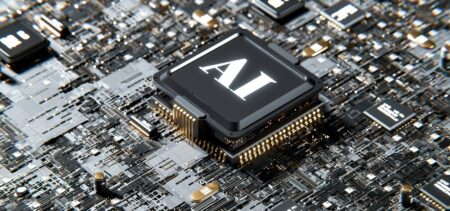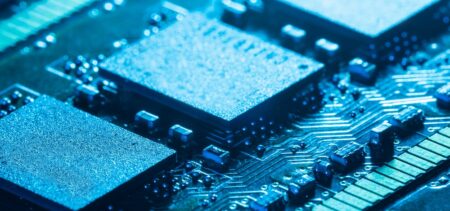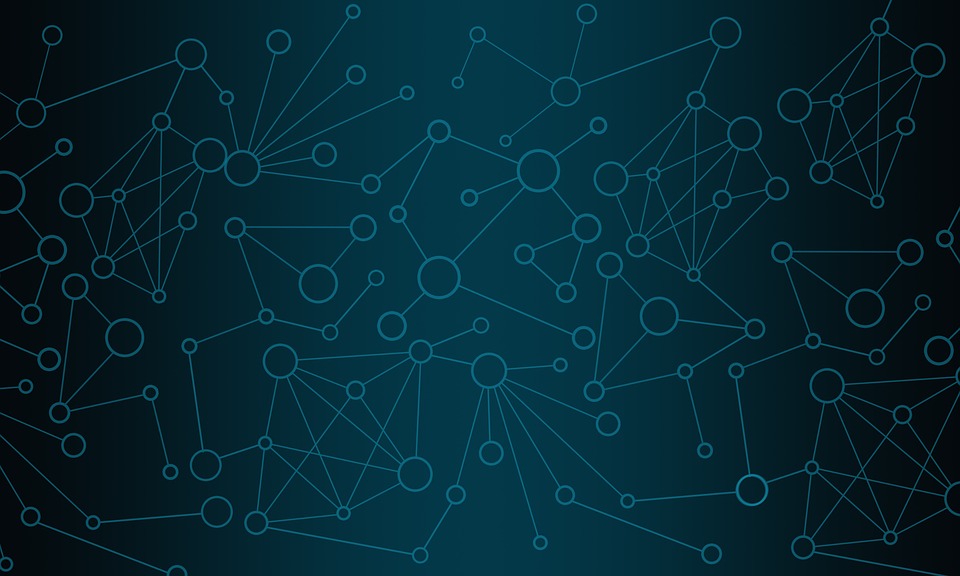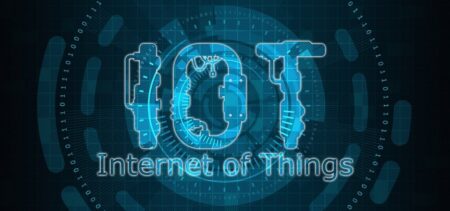Software-defined radio (SDR technology) takes system elements that are typically hardware components and implements them by means of a dedicated software on a PC or embedded system. Classical exemplifying elements for SDR tech are mixers, filters, modulators or detectors. Both the transmitter and the receiver of Radio Frequencies (RF) depend on special software that runs on their correlated microcomputers and select the modulation types.
The official definition for SDR is “Radio in which some or all of the physical layer functions are software defined” – an innovation at a theoretical level in 1984, the year that marked the appearance of the term “software radio”. The innovative concept came to life via the E-Systems prototype digital baseband receiver, which performed adaptive filtering employing a special array of processors.
Only 20 years later, in 2004, the FCC approved the first commercial SDR, the Anywave base station belonging to Vanu Inc., founded by one of the main contributors in MIT’s PSpectra framework.
The year 2009 brought the first commercial single-chip RF front-end, abbreviated RFIC (radio frequency integrated circuit), a technological component that further stimulated RFIC solutions offers by specialized vendors.
Why is SDR technology important?
A simplified view of this technology can be created by imagining a classical radio receiver whose various functions are not modifiable via hardware, but via a software interface. (?)
Radio transmissions power up wireless information transfers, and are thus essential for any type of wireless connectivity. Employing SDR in connected devices allows smaller hardware expenses and easier upgrades or re-configurations, as well as remote control.
Originally used in military applications and transmissions, SD radios have migrated into cellular infrastructure, cellular handsets and satellite modems. The most advanced level so far would be the so-called cognitive radio (CR), where machine learning allows technical elements to adapt to change without the need for an end user’s intervention.
Another source mentions how the ultimate goal of SDR engineers would be creating a single radio transceiver to reunite all RF communication functions (mobile cellular phone, fax, GPS and supreme wireless unit).
The major challenge
in realizing a viable SDR wireless transceiver resides in efficiently synchronizing the activity of multiple devices of this type despite having fluctuating parameters.
A recent step in the right direction belongs to the researchers from the University of Electro-Communications, Tokyo, Japan. By developing the Appliance Defined Ubiquitous Network, abbreviated ADUN, they have employed virtualized wireless transceivers in delivering unlimited broadband radio-space information. Their mechanism enables what is known as “radio space information” and would relieve global networks from the burden of building the vast number of distribution centers implied by the existing solutions, in equation with the IoT necessities.
Therefore the importance of SDR is tied with the scalability idea: the technology to come requires hardware (architectural and physical) solutions, as well as software solutions to accommodate the vast amount of data traffic predicted, and further developing the SDR technology would represent a viable software solution.
Moore’s Law has been tackled in various ways in 2015 and machine learning (ML) at computer circuits’ level is just one of them, in the same way SDR technology represents just one version of achieving nano-components level ML.
Nevertheless, the multiple innovative solutions are welcome and there is an open race to come up with the most viable, reliable and cost-efficient answer.
SDR technology ramifications/applications
Provided that specific cyber-security measures are taken into consideration and implemented, SDR technology can be further employed in automated industrial systems (ICS) and various IoT Platforms.
- Digital transmission modules intended for SDR applications are specific to intelligent platforms, where the various modules and elements benefit from this technology and its characteristics, and its usage had the potential to expand. For example, the same technology has been proposed as a solution for “versatile low-power wireless sensor systems”.
- While some clarify the role of Software Radio in the smart world, others explore the potential of SDR in industrial automation.
- Home automation is another application field for this technology, where SDR appeals to manufacturers because of its flexibility and design reusability. Software can be updated, unlike hardware, and thus opens new possibilities of future product enhancement within lower costs. Being able to modify devices after they have already been built opens up an interesting perspective. It sounds like such a capability would be more environmentally friendly, but are manufacturers prepared for a reduced products demand, or rather for a new, different type of demand?
Recently the renowned chip producer Qualcomm has announced a multi-billion dollar deal
that will strongly impact the chipmaker industry and, in consequence, the IoT’s premises. The main declared goal resides in integrating RF front-end modules and filters into chipsets for various connected devices and gadgets. Smart cars, UAVs (drones), wearables, retail technology and robotics could all benefit from integrating modern RF into sensor technology. In connection with wireless charging (which is also on the roll in what R&D is concerned, and comes with multiple solution types), such changes can upgrade considerably the notion of mobility as we know it.
In conclusion, although the arduous wish (of creating a universal radio transceiver to reunite phone calling, Internet browsing, wireless and GPS functions) of the telecom aficionados might not be attainable very soon, SDR technology is serving the tiniest elements from the connected intelligent platforms of tomorrow’s Internet of Everything.

























